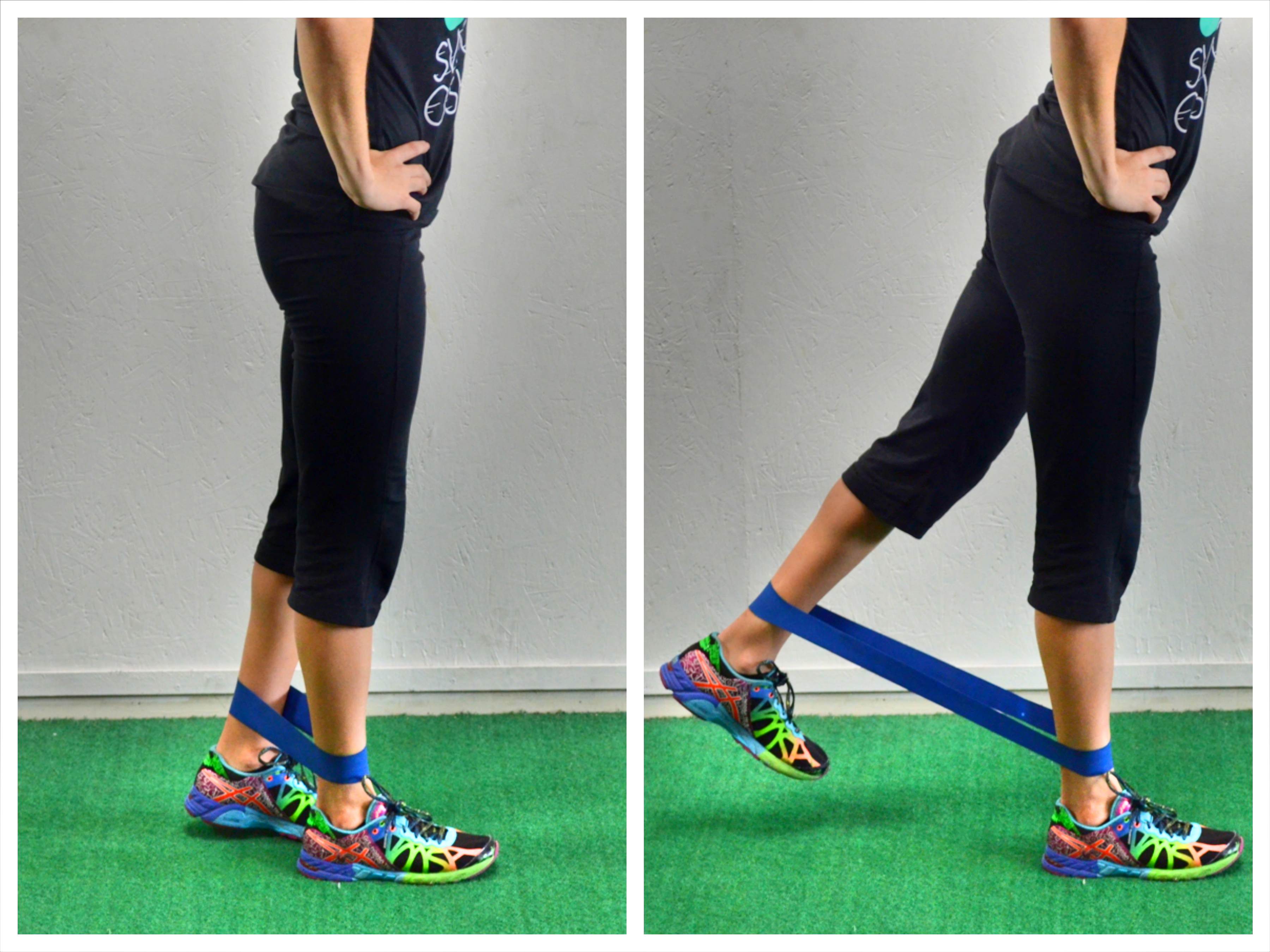

This resulting tightness leads to friction and pain outside of the knee when one bends it which we don’t need to tell you is uncomfortable and detrimental to optimal soccer performance. The injury occurs when the IT band gets tight, irritated and inflamed. IT band syndrome is a very common knee injury, that’s caused by overuse and repetitive flexion and extension of the knees. Here’s what you need to know: IT Band Syndrome: A Deeper Look With that said, the purpose of describing this injury isn’t to put fear into you, but rather, to raise awareness and help you prevent it from happening. It can cause significant discomfort and sideline the toughest players. One such injury is Iliotibial band syndrome (IT band syndrome). But there are other injuries that can take players by surprise. After all, the rates of injury have risen steadily, and new research continues to emerge regarding how serious they can be. In the world of soccer injuries, concussions have been hogging the spotlight.
KICK IT BAND SERIES
See the Province of B.C.'s provincial restrictions page for more information.***This article is part of an educational series for soccer parents and players new to soccer*** Individual businesses and event organizers can choose to continue requiring proof of vaccination for entry.Reminder to the sport community to be respectful of people's differing comfort levels and that as we transition into this period, people may still choose to wear their mask.Īs of April 8, 2022, proof of vaccine will no longer be required.Individual businesses and event organizers can choose to continue requiring masks on their premises.Prepare properly for increased activity volume (especially running).Ĭopyright held by SportMedBC.Emphasize proper stretching before and after activity.A proper warm up and cool down should be implemented.After comfortable running on flat surfaces, gradual introduction to hills can occur, beginning with a low grade and shorter distances. Avoid downhill and banked running surfaces. Return to Activity. When pain-free, return to activity gradually.

Shoes with good shock absorbency and motion control should be worn. While standing, cross the injured leg behind the good one, then lean away from the injured side, reaching your opposite hand down towards the involved leg.

Stretching. Stretching to reduce the tightness of the band is also key to recovery and prevention. If pain persists, seek the advice and treatment of a physiotherapist. A physician may prescribe anti-inflammatory medication or orthotics, and a sports medicine practitioner will outline proper stretching techniques. ELEVATING the leg is difficult and often does not help with recovery. Apply COMPRESSION to the area to move inflammation away. REST the area by decreasing soccer training to promote healing. P.R.I.C.E. PROTECT the area by stretching before and after any activity.

Athlete lying on unaffected side with leg in hip extension and full abduction - then allowing the leg to drop into adduction, will illicit pain in the inflammed areas.
KICK IT BAND FULL
Pain will be elicited along the outside of the knee, particularly, when the athlete stands with his or her full weight on the injured leg and bends the knee 30 - 40 degrees (knee flexion).pronation of the foot (foot collapses inward).Factors contributing to this condition are: Soccer activities that involve prolonged running can cause the ITB over the insertion (lateral femoral condyle) to become irritated and inflamed. poor shock absorption from shoes or rigid feet.increased training (especially running hills or too much too soon).This results in localized symptoms of tendinitis. When the knee flexes and extends, the ITB slides over the bony parts of the outside of the knee.įriction occurs when the knee bends during running in soccer and the tendon moves back and forth across the distal femur (along the outside). The iliotibial band (ITB) is a thick band of tissue that extends down the lateral side of the leg from the thigh down over the knee and attaches to the tibia.


 0 kommentar(er)
0 kommentar(er)
